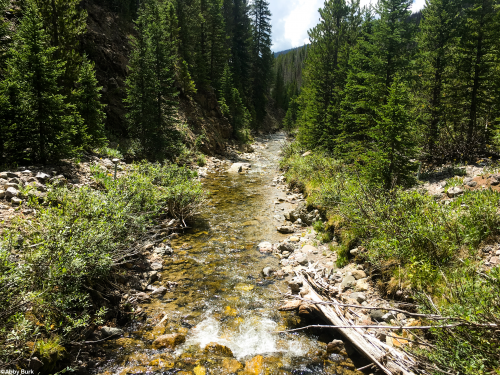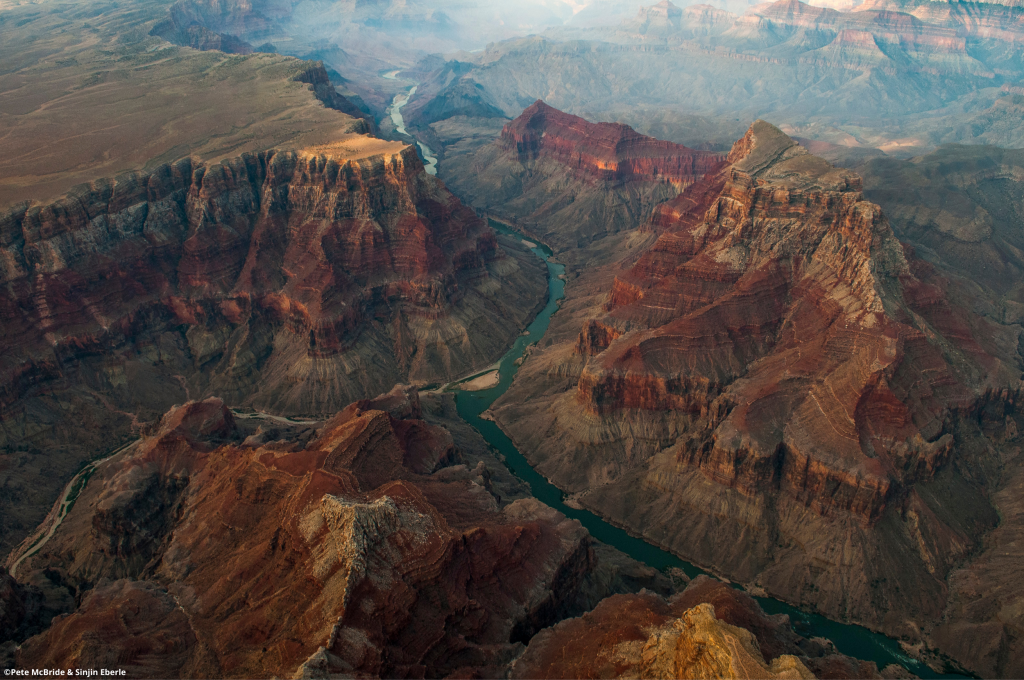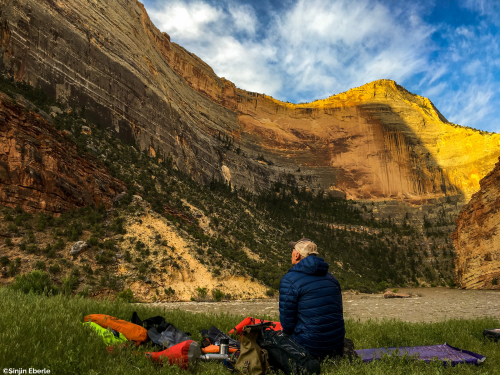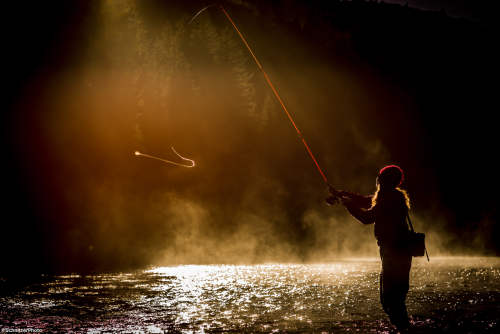Nestled high in the Rocky Mountains, a trickle begins. Humble, quiet, fragile, this small trickle winds and grows — fed by snowpack — into the mighty Colorado River that carved the Grand Canyon. This river and its canyons have been sacred to Indigenous communities for millennia, inspired generations of explorers, and form the lifeblood of the American West.

The headwaters of the Colorado River start high in Rocky Mountain National Park. [Photo courtesy of Abby Burk]
But the river has endured. Today, on World Water Day, we take the opportunity to remember that no matter where we live, water is a vital resource to our environment, communities, businesses, families, and everyday lives — and as such, we must work together to protect it.
Water in Colorado impacts people everywhere.
The Colorado River, our state’s namesake river, originates in our high country but it, and its tributaries, directly support the people and wildlife of seven U.S. states, 29 tribal nations and Mexico, with $1.4 trillion in annual economic activity and 16 million U.S. jobs. Not only that, but over 40 million people depend on the Colorado River system for clean, safe, and reliable drinking water. River-related recreation — which contributes $19 billion annually to Colorado’s economy alone — feeds our souls, our lifestyle, and our identity in the American West. If you’ve ever eaten lettuce in the winter, carved down the ski slopes, or cracked open a local beer, you’ve interacted with the Colorado River. Can you imagine living in the West without this hardworking waterway?

The Colorado and Little Colorado Rivers meet in the Grand Canyon. [Photo courtesy of Pete McBride and American Rivers]
Right now, the future of the Colorado River is precarious. Water is under extreme threat from a growing population, increasing demands of agriculture and industry, and the worsening impacts of climate change. Today, we both celebrate what water provides us and reflect on what we must do to protect it — here in Colorado, and around the world.
In households, schools, and workplaces water can mean health, hygiene, dignity, and productivity. In cultural, religious, and spiritual places water can mean a connection with nature, community, and oneself. In natural spaces, water can mean peace, rejuvenation, and preservation.
By celebrating all the different ways water benefits our lives, we value water in Colorado and beyond.

A rafter gazes up at a majestic canyon in Northern Colorado during a trip down one of the river’s tributaries. [Photo courtesy of Sinjin Eberle and American Rivers]
The Colorado Water Plan recently celebrated its fifth anniversary and has seen huge successes in protecting our waters. The plan has set the first-ever statewide urban water conservation target to be achieved by cities and towns, prioritizing water conservation as never before. Annual funding for healthy rivers and watershed restoration is increasing — but more is needed to ensure that the environmental and recreational priorities in the plan are implemented. And Coloradans have, for two years in a row, voted to fund the conservation of our water through the ballot at both the local and state levels; these are first steps toward meeting a large funding shortfall.
If anything is clear: Coloradans understand the importance of water in our state — more so now than ever before, as the impacts of COVID-19 highlight hardships facing our communities and our water. If we don’t protect flows, the simple and essential act of washing our hands could become costly and uncertain. If we don’t proactively manage resource distribution, the disproportionate economic impact of the pandemic could affect farmers, ranchers, and recreation guides long after life returns to normal.
The work is never done, and the future of the Colorado River is far from certain. It is not the responsibility of one person, one government, or even one state to prioritize water and ensure lasting flow. We each need to take responsibility, and by working together, we can protect not only running taps and irrigated fields but our rivers and the Colorado way of life.

An angler casts their line on the Colorado River as the sun bursts through the water’s spray. [Photo courtesy of Russ Schnitzer and American Rivers]
On World Water Day this year, take a minute to think about your relationship with water in Colorado. On what stretches of riverbanks have you gathered, watched the sun come up, fished in cold eddies, or paddled through aspen groves? How do you honor and protect water in your home and community? Has a project funded by Colorado’s Water Plan come to your area and restored a place you love? Whether it’s for recreation, community gathering, business, or one of the hundreds of other reasons we love water, we hope you can honor and celebrate water in our state today and every day.
Head over to Water for Colorado’s Instagram page and tag us — alongside the hashtag #Water2Me — to share your water story.